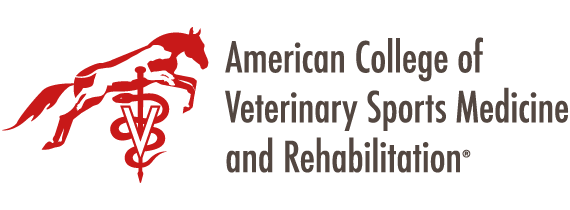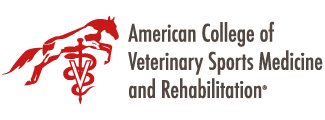E. Fitzharris1 BVSc DACVSMR MRCVS, A. K. McConnell2 PhD FACSM FBASES, M. J. Hezzell1 MA VetMB PhD DACVIM MRCVS, K. J. Allen1 BVSc PhD DACVSMR MRCVS.
1Equine Sports Medicine Centre, University of Bristol, Langford House, Bristol, BS40 5DU, UK and 2Auckland Road, Christchurch, Dorset, UK. Email: le.fitzharris@gmail.com
Introduction: Inspiratory muscle strength (IMS) in humans increases in response to strength training and inspiratory muscle training (IMT) [1]. The change in IMS in horses in response to training is unknown.
Objectives: To measure IMS in racehorses following conventional race training and IMT.
Methods:
(A): Thoroughbred racehorses underwent inspiratory muscle strength testing (IMST) [2] on two occasions, when unfit, and after 12 weeks of National Hunt race training.
(B): A second cohort of Thoroughbred racehorses, considered at full race fitness, underwent IMST before and after a 10-week period of IMT [2]. The horses were randomly assigned into high-load (treatment) and low-load (control) groups. The high-load group followed an IMT program that gradually increased the inspiratory pressure applied during IMT using a bespoke mask and IMT device [2]. The low-load group underwent sham treatment with a low training load. The IMT was performed 5 days/week for 10 weeks. The results were analysed using a paired t-test.
Results:
(A): Twenty horses performed the IMST. Following conventional race training there was a significant increase in the index of inspiratory muscle strength (IMSi) from unfit (mean=20.8cmH2O [±standard deviation=3.1]) to fit (23.4cmH2O [±3.7]) (p=0.002).
(B): Twenty-eight horses underwent IMT (high-load=16, low-load=12). Following IMT there was a significant increase in IMSi in the high-load group (before high-load-IMT=23.7cmH2O[±4.3]; after high-load-IMT=31.8cmH2O [±4.8]) (p<0.001), but no significant difference in the low-load group (before low-load-IMT=24.5cmH2O [±3.5]; after low-load-IMT=25.2cmH2O [±3.9]) (p=0.644).
Conclusion: There is an increase in IMSi in response to both conventional race training and high-load-IMT.


